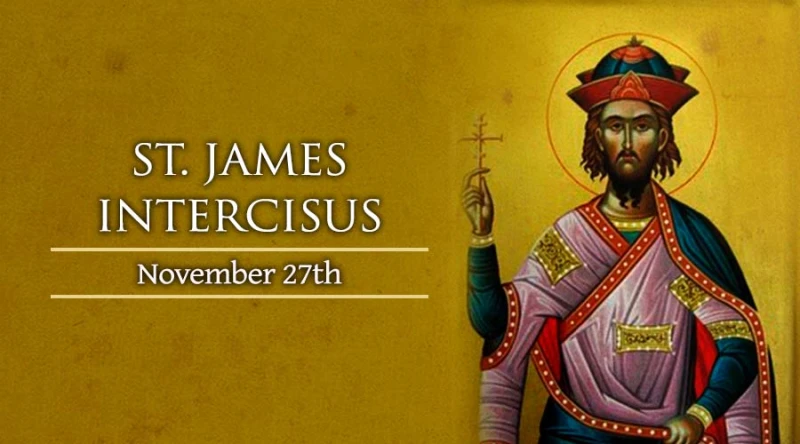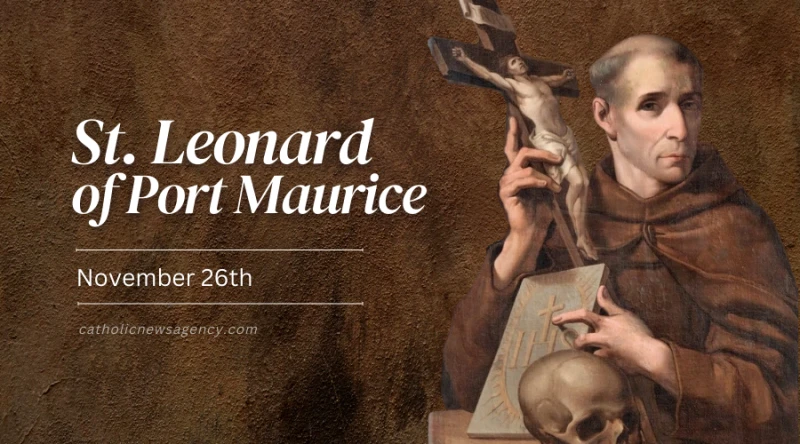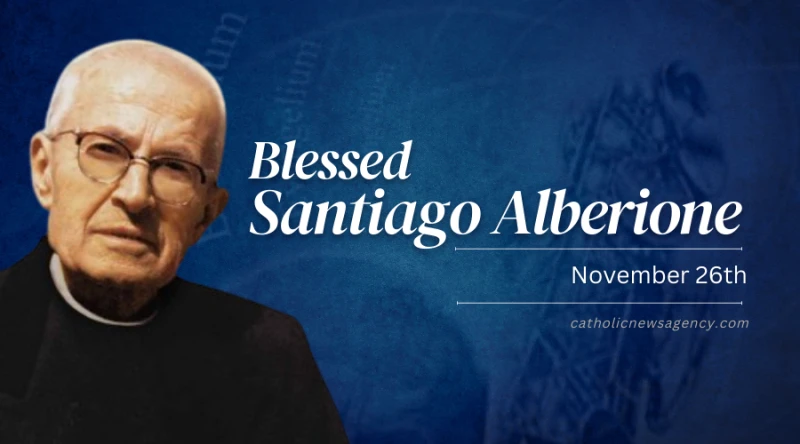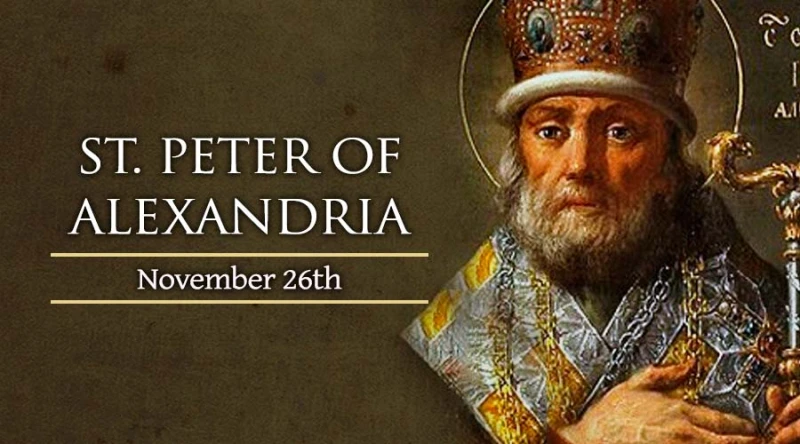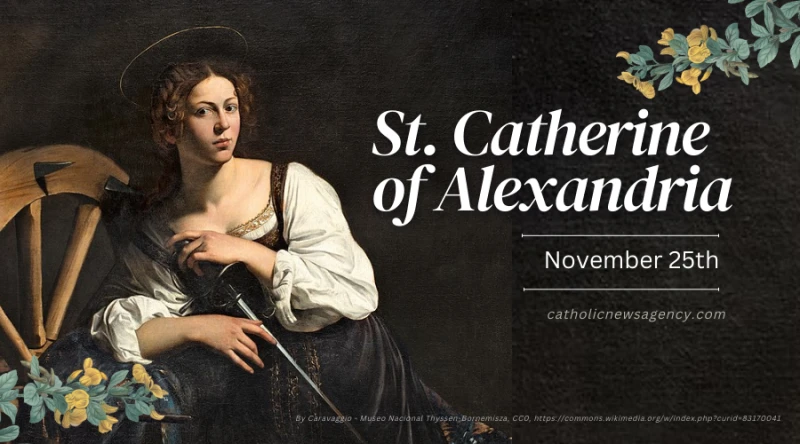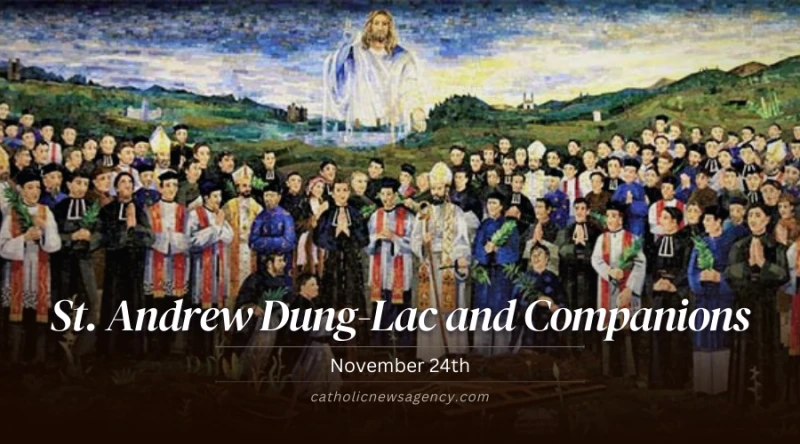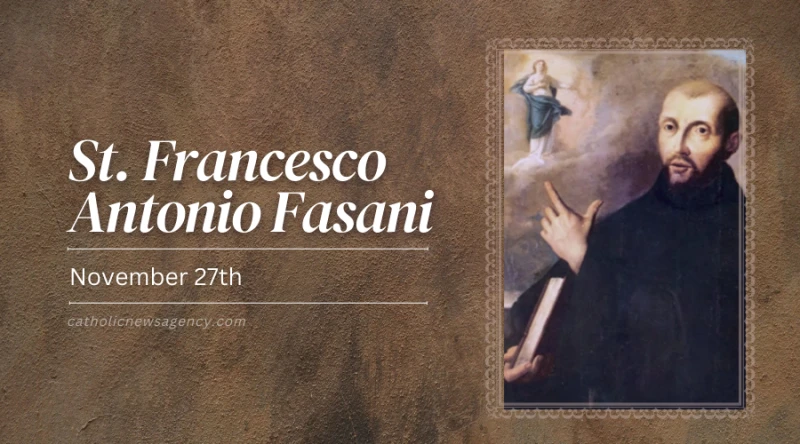
St. Francesco Antonio Fasani
Feast date: Nov 27
St. Francesco (Francis) Antonio Fasani was born as Giovanneillo in Lucera, Italy in 1681, the son of Giuseppe Fasani and Isabella Della Monaca. He entered the Conventual Franciscans in 1695 and took the names of St. Francis and St. Anthony. He spent much of his time studying, and was ordained a priest 10 years after entering the order. He then taught philosophy to younger friars, served as the guardian of his friary, and later became provincial of his order. When his term of office as provincial ended, Francesco became a novice-master, and eventually pastor in his hometown. In all his various ministries, he was loving, devout and penitential. He was a sought-after confessor and preacher. One witness at the canonical hearings regarding Francesco’s holiness testified, “In his preaching he spoke in a familiar way, filled as he was with the love of God and neighbor; fired by the Spirit, he made use of the words and deed of Holy Scripture, stirring his listeners and moving them to do penance.” Francesco showed himself a loyal friend of the poor, never hesitating to seek from benefactors what was needed. He was also a mystic, known for his deep prayer life and supernatural gifts, and was known to levitate while praying. The people of Lucera were known to compare him with St. Francis of Assisi, from whom he derived his name. He died in 1742 and was canonized in 1986.
Daily Reading
Second Sunday of Advent
Reading 1 Isaiah 11:1-10 On that day, a shoot shall sprout from the stump of Jesse, and from his roots a bud shall blossom. The spirit of the LORD shall…
Daily Meditation
Prepare the Way of the Lord
Click here for daily readings I remember going to Mass at my parish during Advent and hearing Father sing “Prepare Ye the Way of the Lord” (from the musical Godspell)…




